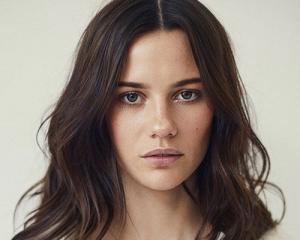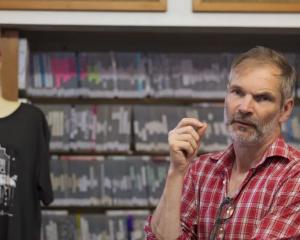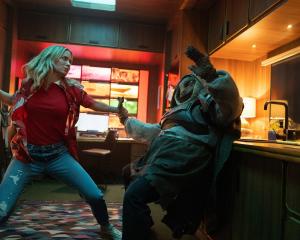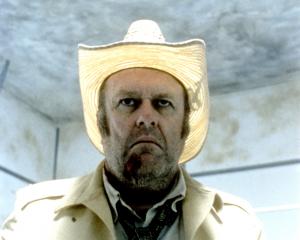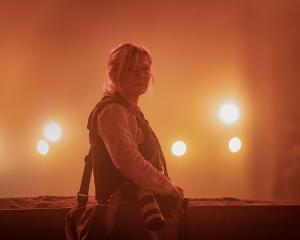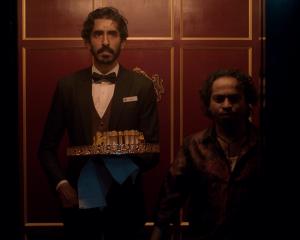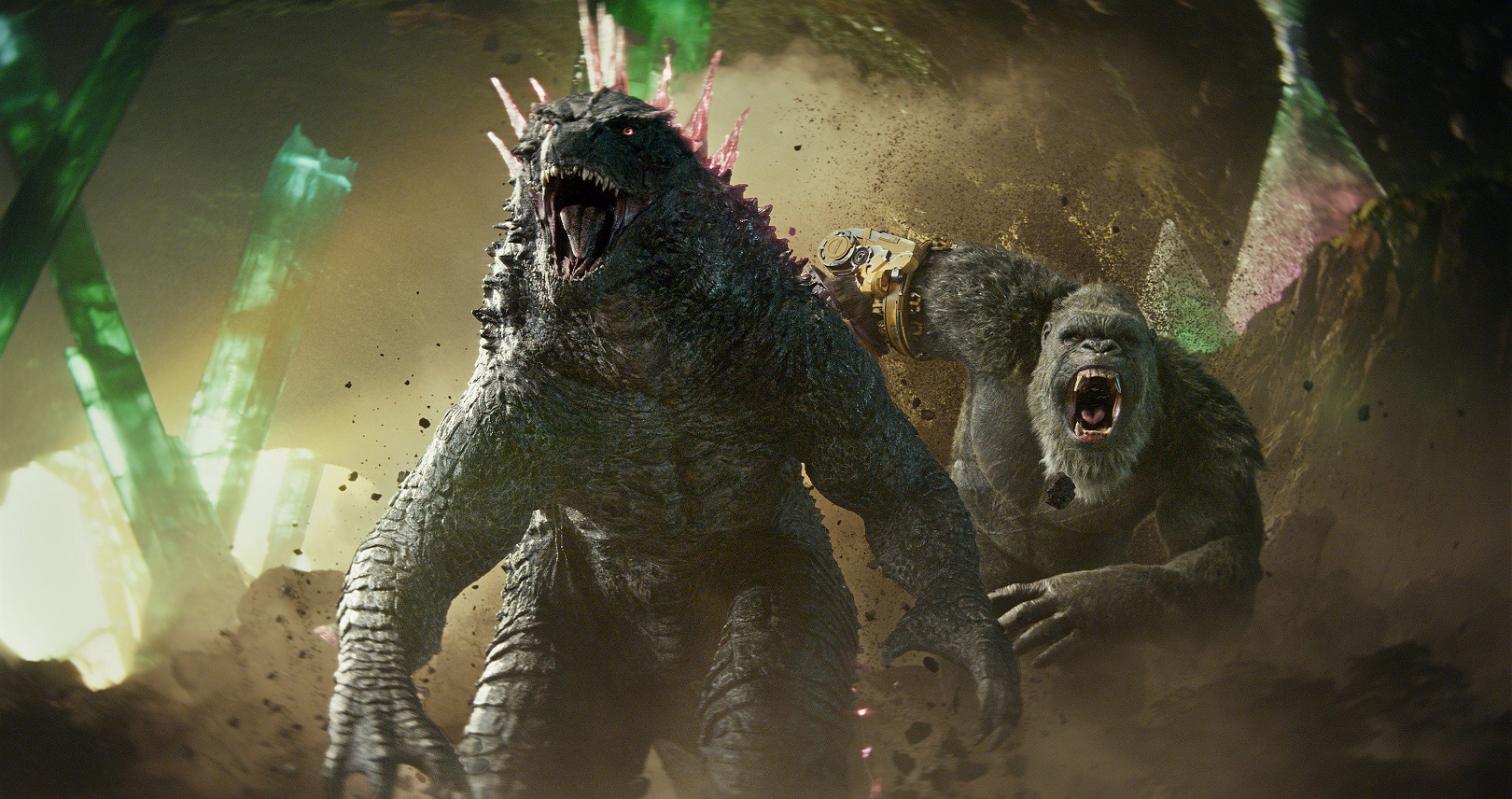
Since making his MonsterVerse debut in 2017’s Kong: Skull Island, the title character has battled a sneaky squid, deadly lizard-like predators, the mighty Godzilla and even a high-tech mecha designed to take all these creatures out.
But in Godzilla x Kong: The New Empire, the giant ape must face his most challenging foe yet: a toothache.
"These movies are always about taking things that are relatable and then scaling them up," says director Adam Wingard, 41.
"You’re looking for those things [that] would be fun to see on this wildly big scale that we’ve never seen" — like Kong scratching his butt while taking a shower in 2021’s Godzilla vs. Kong.
Kong’s struggle with debilitating tooth pain was inspired by Wingard’s own dental woes. While making his 2011 horror breakout You’re Next, the filmmaker was afflicted with a terrible pain that left dentists stumped for more than a year.
"I was looking for some catharsis of what I was dealing with," says Wingard. "Having a scene where Kong is getting some dental work done felt like closure to me."
The fifth film in Legendary’s MonsterVerse franchise, Godzilla x Kong marks Wingard’s second romp in this cinematic universe.
"There’s nothing as a filmmaker that can prepare you for doing a movie with characters of 6-foot scale and 300-foot scale working together and all the insane mechanics that go along with making a kaiju movie," he says.
Drawing him back was not merely the opportunity to do bigger battles, but a chance to focus on what these monsters are doing between those bigger battles.
"What I wanted to do with this film more than anything was to put you in the perspective of the monsters," says Wingard. "I wanted to do a film that was driven by nonverbal visual sequences."
In 2021, while in the early stages of production on the film, Wingard was hit by a car running a red light as he was crossing the street.
"It was really one of those eye-opening things where, for the first time ever, I really understood that I was mortal," says the director. "I really knew I might not get another chance to make another movie, period. So my approach to this movie, more than ever, [was] to go all out. I tried to make a mic-drop monster movie that encompassed all my influences, interests, down to the colour palettes and all those kinds of things."
This year also marks the 70th anniversary of Godzilla’s debut and Wingard is sensitive to that sociopolitical legacy born of real-world nuclear anxiety.
"You don’t want to lose the roots of where these characters are created," says Wingard. "I love how [recent] Japanese films [like ’Shin Godzilla and Minus One] really focused on the reality of Godzilla — the metaphorical qualities of Godzilla and what he means to Japan."
Loving Godzilla isn’t always easy, though. Compared with the shaggy, likable Kong, who, with the ability to emote, is a character audiences have always empathized with, Godzilla is "a little bit more complicated to pull off," according to the filmmaker.
"A lot of my inspiration for his mannerisms comes from my cat, Mischief," says Wingard. He points to a photo of a black cat next to an illustration of a sleeping Godzilla on a wall and adds: "Her lying in her cat nest was the inspiration for Godzilla in the Colosseum."
There’s "something about the mannerisms of cats," continues Wingard. "They have a personality, but they don’t smile and frown. But you understand your cat without them emoting in a normal way and there’s something about that that translates to Godzilla — that attitude that cats have."
Now, after almost seven years of focusing on Godzilla and Kong, Wingard acknowledges that a part of him is interested in going back to his roots and developing a horror project. That said, he’d jump at the chance to make another MonsterVerse film if asked. "I think that when you make two movies, there’s always an inclination toward a trilogy ... we’ll just have to see."

